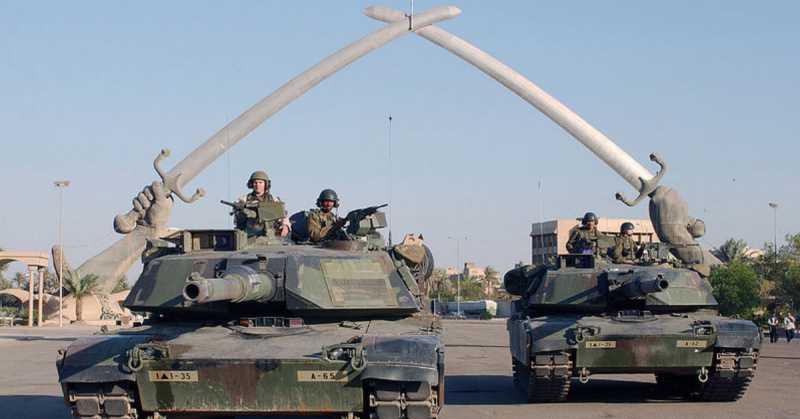1925: France renegotiates its debt from WWI
France tried to renegotiate its war debt of $4,000,000,000, citing that the French government could not pay without imposing economic misery on its people. They proposed to pay $5,000,000 each year, a very small percentage.
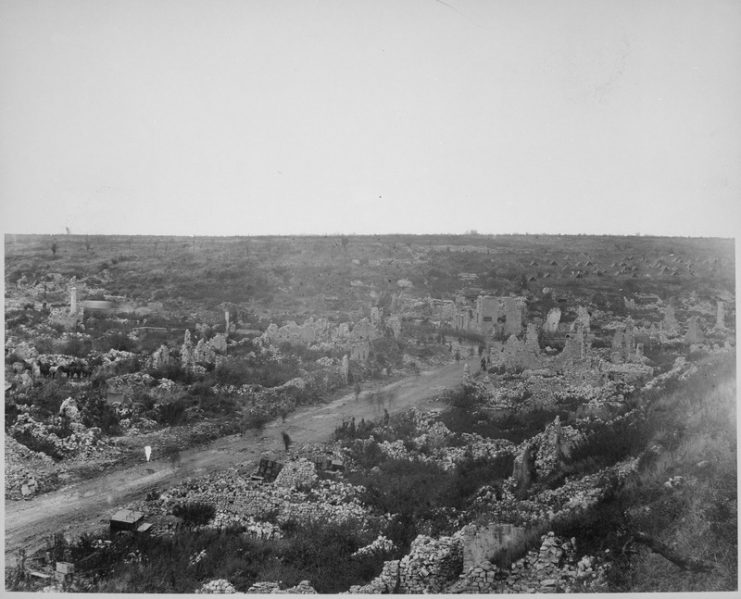
1940: Luftwaffe bombs Spitfire factory in Southampton, Britain
The Supermarine Aviaton Works factories at Southampton were attacked at 1:50 PM by 17 aircraft, mainly BF110s, achieving the element of surprise. Due to antiaircraft fire, the bombing was inaccurate and didn’t damage the factory sites enough to put a dent on production. There was some damage to the railway lines and a shelter collapsed, killing 24 people and injuring another 75.
After the raid, the uninjured workers outside the shelter had to dig out the survivors, which were moved to the Royal South Hants Hospital later in the afternoon. However, since 3 Luftwaffe stragglers made another pass at 4:15 PM, the ambulances found themselves driving through the second attack.
Read another story from us: The Luftwaffe Self Destruct Mission: Operation Bodenplatte
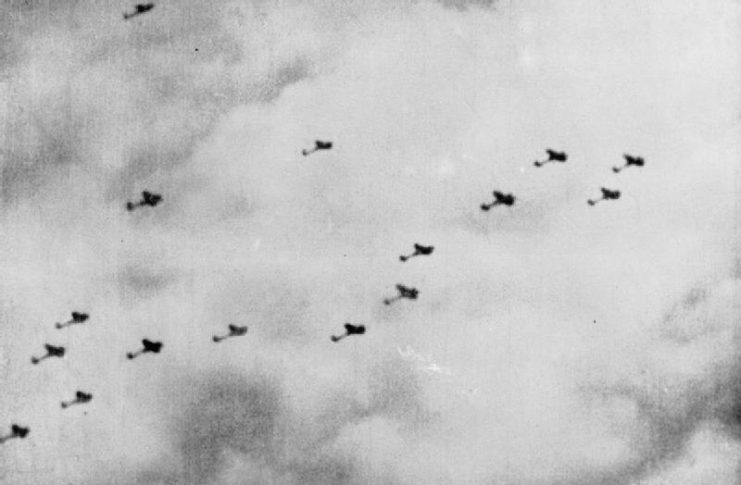
1943: In the Battle of the Dnieper, a second bridgehead is created near Dniprodzerzhynsk.
The Soviets intended to liberate Smolensk from the German Wehrmacht, so to that end, they made an assault across the Dnieper river. Despite the Soviets having vastly superior numbers, the offensive was by no means easy. The Germans had entrenched themselves, built defenses, and destroyed all river vessels in the area.
On the nights of 21-22 September, the Soviet 3rd Tank Army reached the river under flak fire and dug themselves into the clay shores, and on September 23, Soviet infantry crossed the river by swimming and on makeshift rafts to secure small beachheads. The first bridgehead was created at the confluence of the Dnieper and Pripyat rivers. On September 24, another bridgehead was created near Dniprodzerzhynsk.
Read another story from us: The Forgotten Tank Battle – Senno
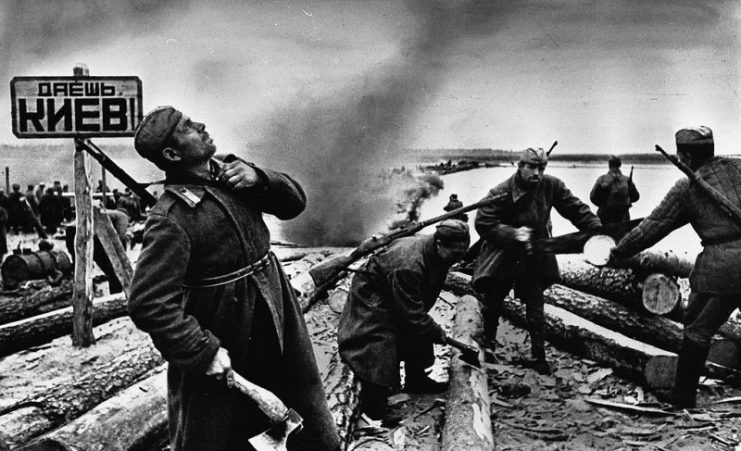
1943: In the Battle of Dnieper, the airborne assault operation begins
The airborne assault’s objective was to save the wheat crop from the Germans’ scorched earth policy, and to generally burden the Germans while infantry units attempted to cross the river. The Soviets operated under a supply and fuel shortage, so only 298 out of 500 sorties were executed, but they still managed to drop 4,575 paratroopers. While the river crossings were successful, the airborne assault would result in a disaster in which more than 60% of the paratroopers were either killed or captured by German forces.
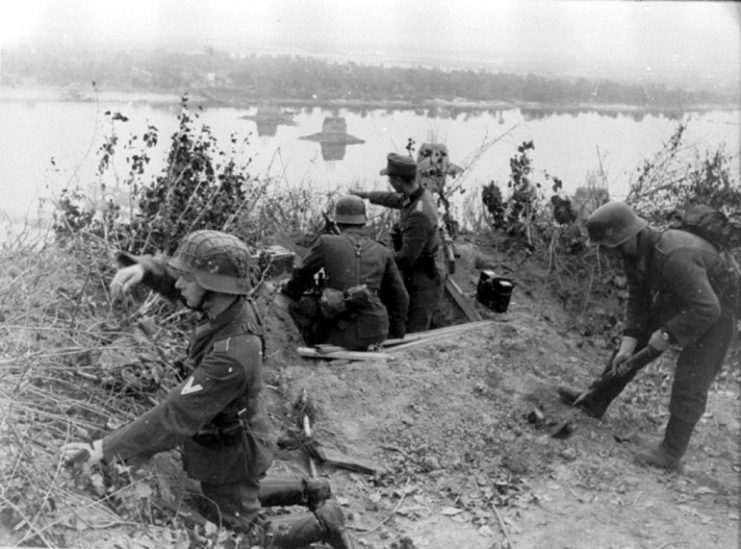
2002: Allied planes strike two Iraqi military targets
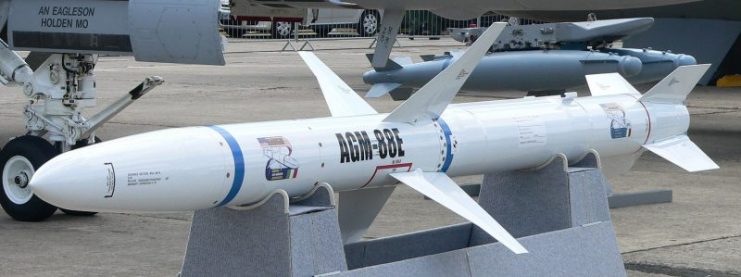
Read another story from us: Super Support Weapon – AH-64 Apache Missions in Iraq
Allied aircraft struck two Iraqi air defense facilities with AGM-88 HARM missiles. One of the targets was a radar facility near Al Amarah, about 165 miles southeast of Baghdad, and the other one was a defense communications facility in Tallil. The Washington Post also reported that day that an Iraqi military spokesman had stated that civilian and service stations in Dhi qar and Meisan provinces were also attacked.
